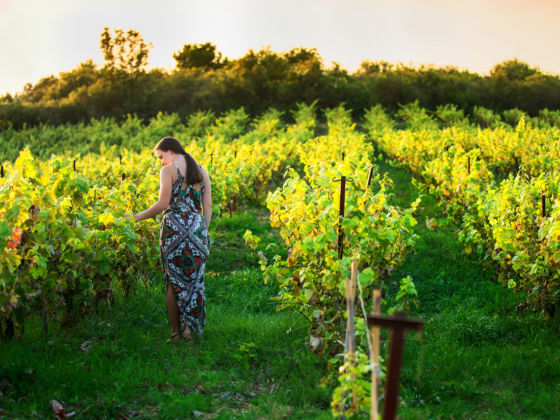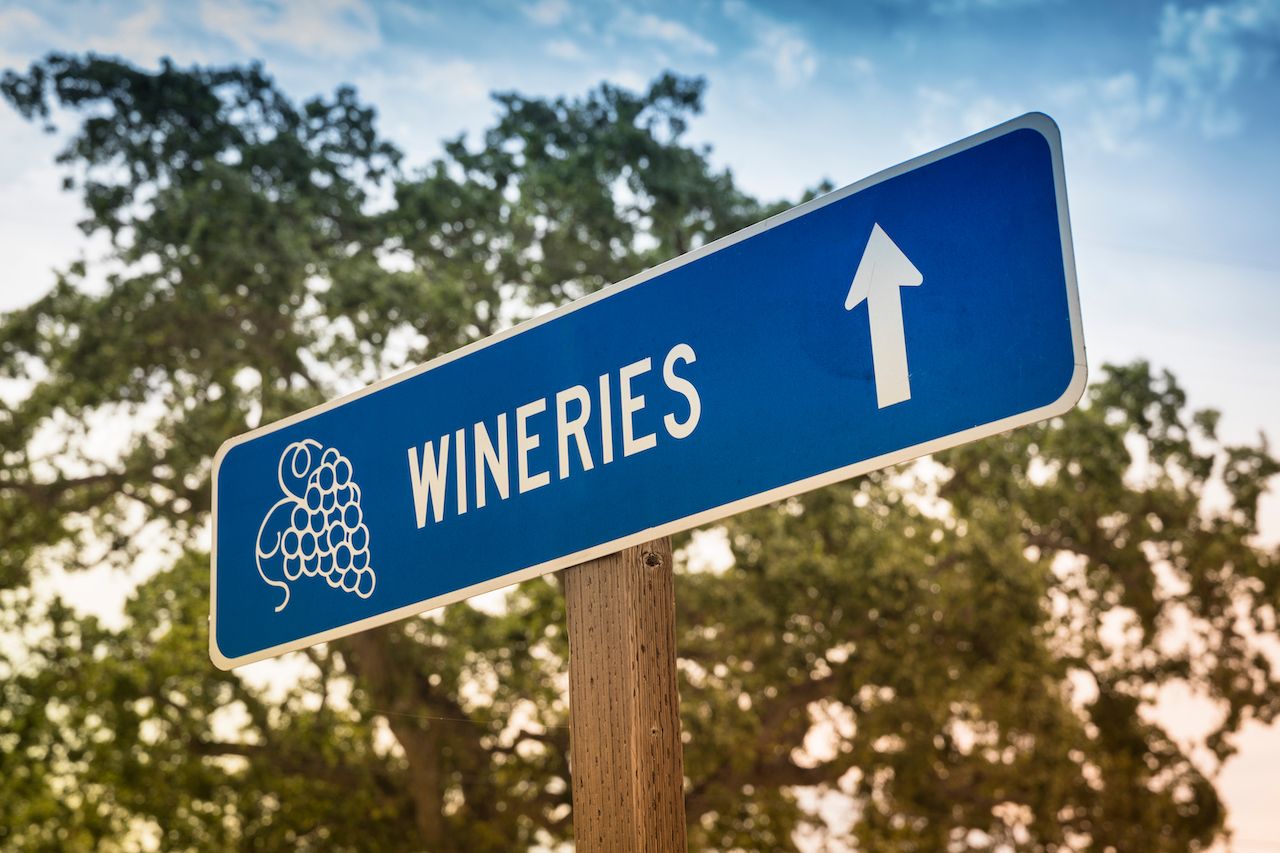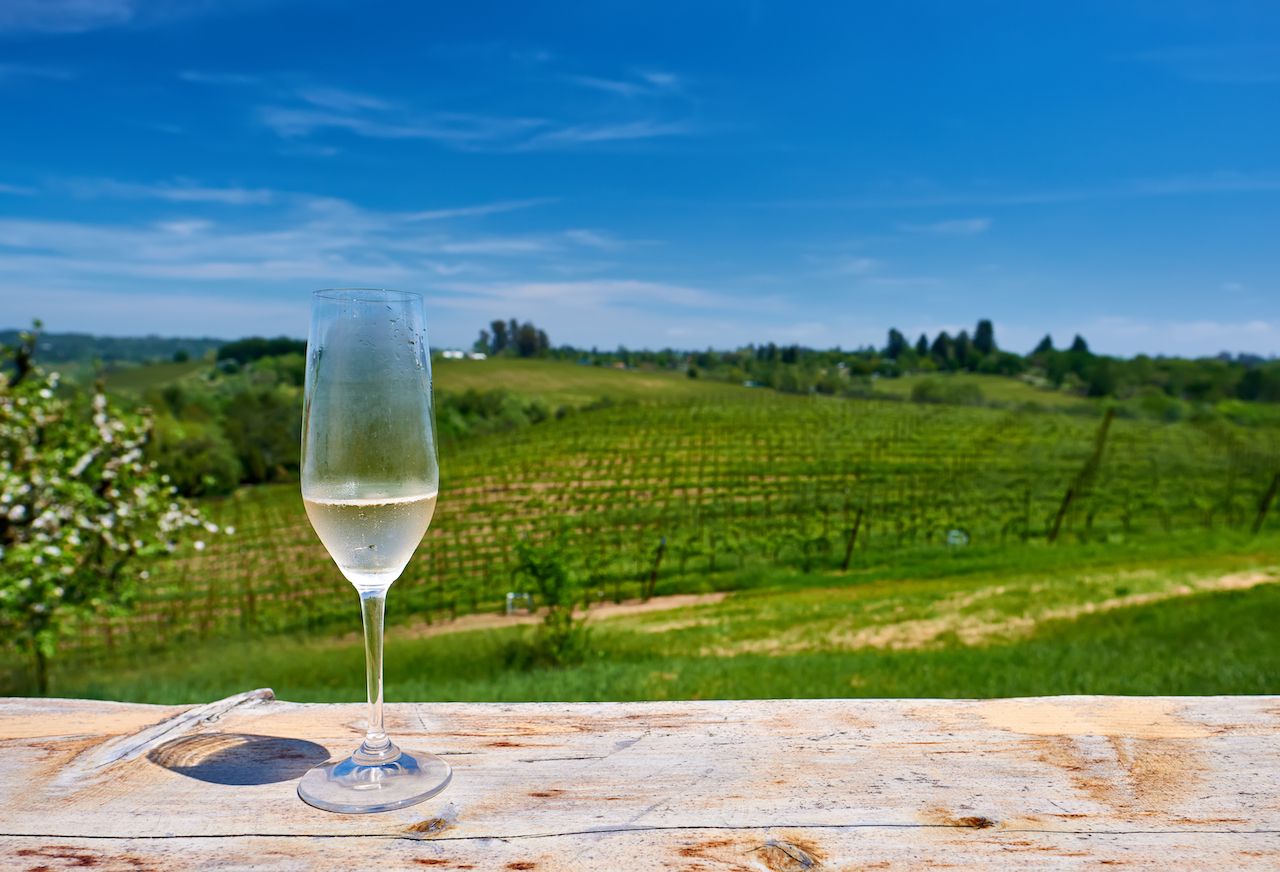If Napa Valley is the poster child for California wine country, then Sonoma County is its little sibling. It’s casual and affable, like a last born, and not at all competitive, like a kid brother who eked out a few inches on his big sibling after a growth spurt.
Sonoma is sprawling, home to roughly as many wineries as Napa yet spread across twice as much land. The land itself is made up of 31 different soil types, according to the Sonoma County Winegrape Commission, each of which contributes distinct characteristics to the county’s 18 American Viticultural Areas, or AVAs.
On the whole, wineries in these appellations just past Napa are more accessible and affordable. Some, like the Russian River Valley, stand out above the rest. While many who are new to California wine, or wine in general, are seduced by Napa’s name recognition, first-time tasters will find a better introduction in the heart of Sonoma. All they have to do is keep on driving.




